The goal of stretching, according to Dr. David Musnick and Mark Pierce, is to elongate the muscle and increase the mobility of corresponding joints through the full range of motion. This allows both the contractile and non contractile structures to lengthen. Moreover, stretching exercises help relieve muscle tension, keep muscles flexible, lengthen them and increase the range of motion, helping prevent muscle and joint injuries and flush lactic acid out of your muscles.
 Stretch 1 – Neck, Scalene and Upper Trapezius
Stretch 1 – Neck, Scalene and Upper Trapezius
This stretching exercise helps re-align the cervical spine and is also good for body posture. It also helps improve breathing and lessen neck pain. This stretch is particularly good for office workers who spend a major part of their time on computers daily.
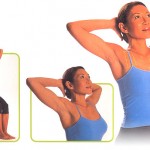 Stretch 2 – Pectoralis Minor (chest)
Stretch 2 – Pectoralis Minor (chest)
This stretch involves shoulder exercise, where your shoulders go back into their original position. If your shoulders are rounded then your lungs get compressed and you feel difficulty in breathing. This exercise helps reduce the rounding of shoulders and also improves your breathing.
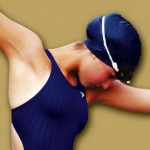 Stretch 3 – Posterior Deltoid and shoulder capsule
Stretch 3 – Posterior Deltoid and shoulder capsule
This stretch focuses more on the shoulder capsule, the most movable part of your body. Most of people have sticky tissues in their shoulder capsule, a medical condition known as adhesion. Adhesions restrict your shoulders’ mobility, but by doing this stretch you can easily combat this problem.
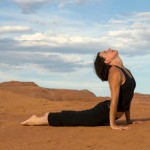 Stretch 4 – Erector Spinae (back extensors)
Stretch 4 – Erector Spinae (back extensors)
This stretch helps lengthen your spine, thereby extending your back and keeping it straight. This exercise gives you a great upright posture and helps correct slouching.
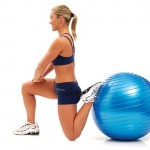 Stretch 5 – Upper Quadriceps (thigh)
Stretch 5 – Upper Quadriceps (thigh)
Stretching upper quadriceps should be an integral part of your daily stretching routine since it targets the proximal attachment of the rectus-femorus, the most used muscle of your body. This exercise will help stabilize your knees and improve your gait.
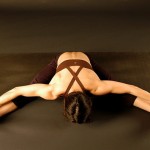 Stretch 6 – Seated Bent Leg Hamstring
Stretch 6 – Seated Bent Leg Hamstring
This stretch involves bending of the knees using hamstrings, which helps extend the hip. This exercise will help improve your walking speed and make climbing stairs easier.
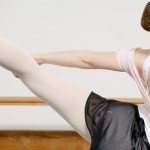 Stretch 7 – Psoas Major and Minor (hip flexor)
Stretch 7 – Psoas Major and Minor (hip flexor)
Hip flexor is regarded as the body’s most important posture muscle. This stretch helps improve your lower back flexibility and makes movement more efficient.
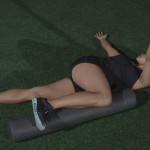 Stretch 8 – Spine Rotator
Stretch 8 – Spine Rotator
This rotational stretch involves movement of your spine, the most important part of your body, which contains the central nervous system, controlling the mobility and functioning of almost every part. This stretch is perfect for people who have weak backs due to prolonged sitting.
 Stretch 9 – Internal obliques (sides of upper body)
Stretch 9 – Internal obliques (sides of upper body)
This exercise opens the internal obliques of your body and helps improve lateral lunging movements.
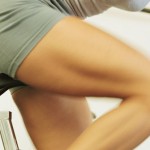 Stretch 10 – Outside Lateral Gluteus Maximus (buttock)
Stretch 10 – Outside Lateral Gluteus Maximus (buttock)
This stretch involves the muscles that directly affect your walking and running prowess. This exercise helps strengthen the pelvis and keep the back aligned.

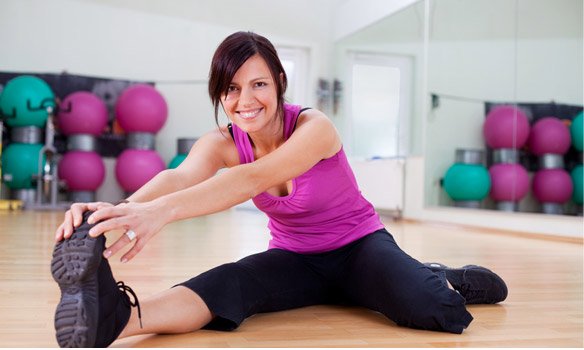

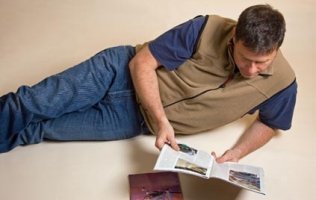
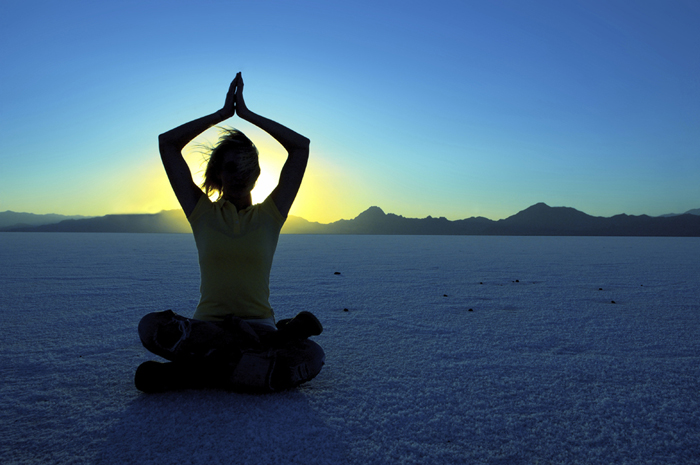
No Comment